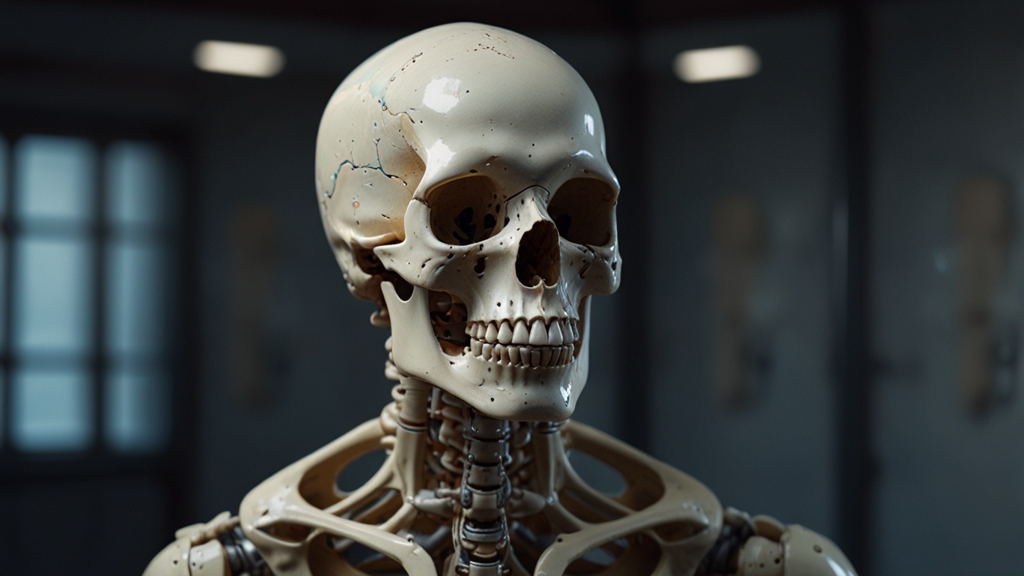The Department of Orthodontics trains both pre-doctoral dental students and graduate students. The clinical experience is balanced with research and scholarly activities. The curriculum focuses on growth and development, diagnosis and treatment planning, orthodontic biomechanics, craniofacial anomalies, and surgical orthodontics.

The main role of an orthodontist is to correct and improve the alignment of teeth and jaws in order to create a healthy smile. This is achieved by the use of a variety of different types of appliances. These include braces, aligners, and plates. Orthodontic treatment is generally performed at a younger age when there is still time for the jaws and teeth to grow into their proper position. This helps reduce the chances of complications later on.교대역치과
Incorrectly aligned teeth can lead to problems with chewing and speaking. A misaligned bite can also cause other issues, such as gum disease and cavities. Orthodontic care is essential for both children and adults, as it can help prevent these complications from occurring in the future.
Moreover, a straighter smile can have psychological benefits. It can increase self-confidence, improve interpersonal relationships, and lead to a higher quality of life overall.
According to UAB School of Dentistry expert Nada Souccar, the best time for a patient to seek orthodontic treatment is by the age of 7. This is because the American Association of Orthodontists recommends that a child get an evaluation by an orthodontist no later than this age. Getting treated at this early stage can help address problems such as crowding, crossbites, and thumb-sucking habits, which are harder to treat when the child is older.주걱턱교정
Besides improving the aesthetics of a smile, orthodontic treatment can also lead to better oral health by preventing future problems. For example, crooked teeth are more difficult to keep clean, which increases the risk of tooth decay and gum disease. On the other hand, straighter teeth are easier to brush and floss, which reduces the risk of these conditions. Additionally, a properly aligned bite can distribute biting forces more evenly, which can help prevent headaches and TMJ disorder.
